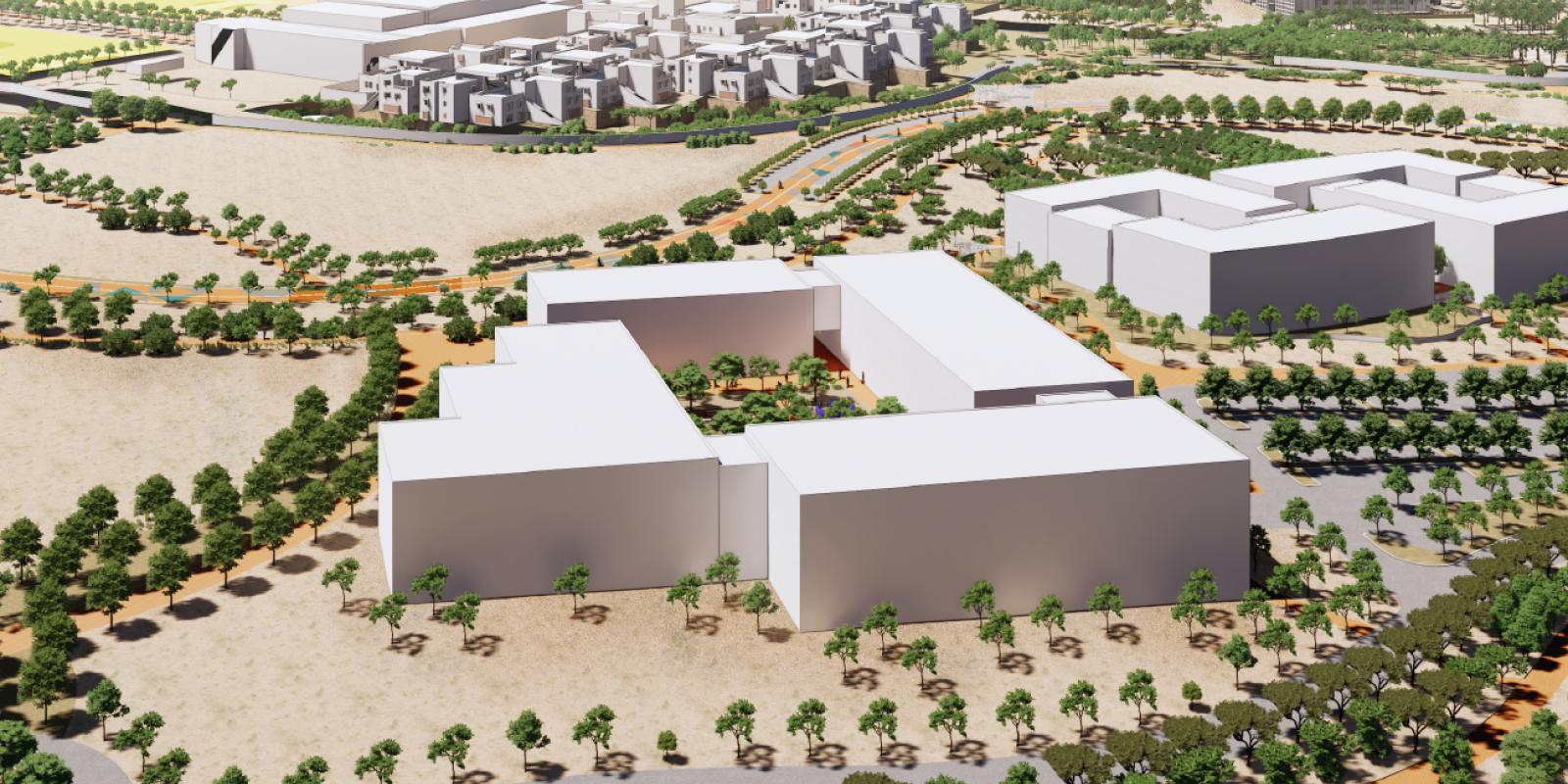
Introducing the TRI-Lab: Interview with Miguel Almaraz
Legorreta Project Director Miguel Almaraz comes to this AUC collaboration with 30 years of professional experience, providing design, planning and management services for a wide range of projects in Mexico, Central and South America, Europe, Asia and the Middle East. Encompassing all types of projects including residential, commercial and educational, Almaraz’s work prioritizes attention to detail and integration, which plays an important role in his designs.
Legorreta has designed AUC’s University Residences and Campus Center. How is it like returning to work with AUC?
It's an honor collaborating with one of the most influential universities in the Middle East and one that has a lot of history. AUC was my first project in the Middle East. When we did designs for AUC in the first phase more than 15 years ago, it was one of my first projects in the office. I was a newcomer; now I'm a partner. To come back after all these years and see how it has matured and developed is really special. We say our projects are like our children: When you let them go, you're very sad and hope that they're taken good care of. When I saw the AUC campus, it was clear it was very well taken care of. To come back and work on another building, the TRI-Lab, is just wonderful and very meaningful to Legorreta.
What do you see as the impact of the TRI-Lab for students and AUC community members?
The TRI-Lab brings together many disciplines. In a way, it's like a new program that 's developing throughout the world, mainly in U.S. universities but also in Latin America and Australia. Being part of this project and new development is very exciting for us. It's going to have a big influence on the practical educational approach where there is hands-on academic work while being able to work with companies at the same time. Students will experience what the real world is like. This is going to have an influence on new models of education and the concept of interdisciplinarity, bringing together fields such as engineering, arts, philosophy and history. It’s very exciting.
What are you looking forward to the most?
The challenge — and big opportunity — of integrating this project well with the existing campus, while making it feel contemporary yet not divorced from the past.
The University Residences had a Mexican influence and style, and the Campus Center was designed to allow flexibility in the use of spaces. What is your vision this time?
Throughout history, we've assimilated the architecture and culture of the Islamic world in Spain, which was home to a Muslim civilization for nearly 800 years. Then Spain conquered Mexico. So there are a lot of elements that even though they're Mexican, they're inspired unconsciously by Islamic architecture. With the TRI-Lab, there are two important things to consider: the architectural elements and the human part of it. It needs to be a building that is inviting to promote interaction between students, connecting the exterior with the interior. In this particular project with so many disciplines, we’re inspired by the souqs (markets) because of the multiple and varied uses, distinct areas and elements in the souq that coexist under one canopy. We feel that the TRI-Lab has a similar quality of being a space with multiple distinct uses that remains part of a larger structure. That’s our biggest source of inspiration for this project.
